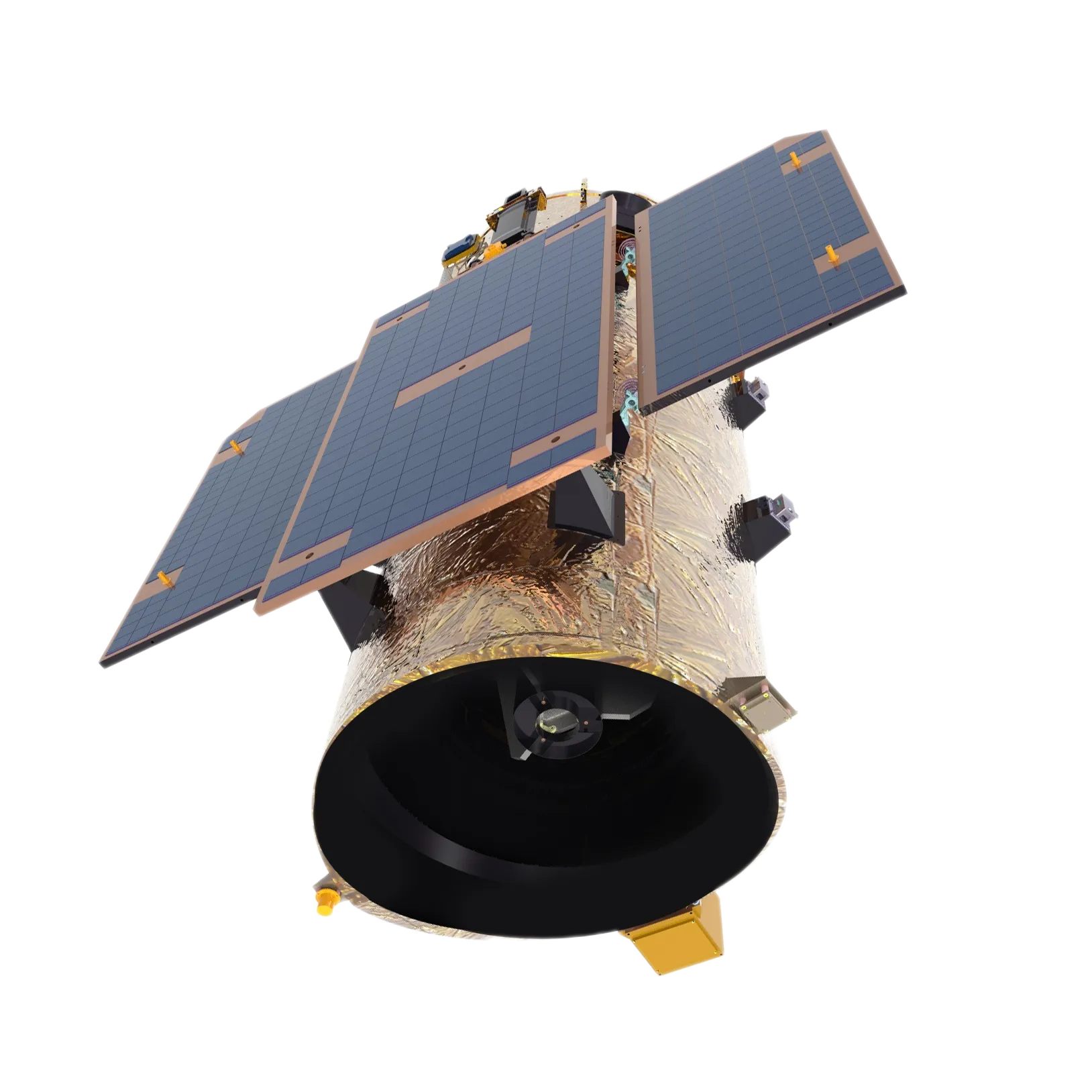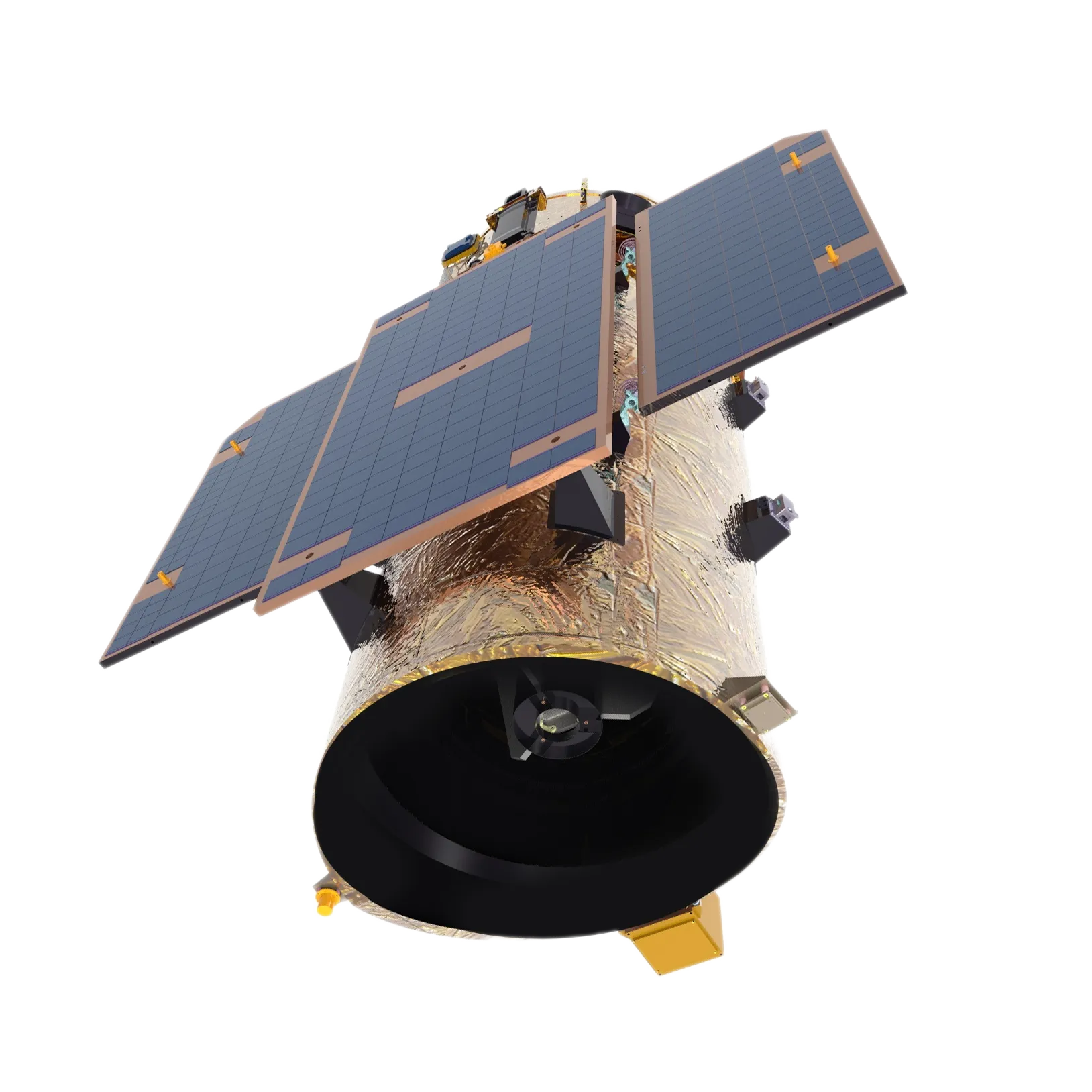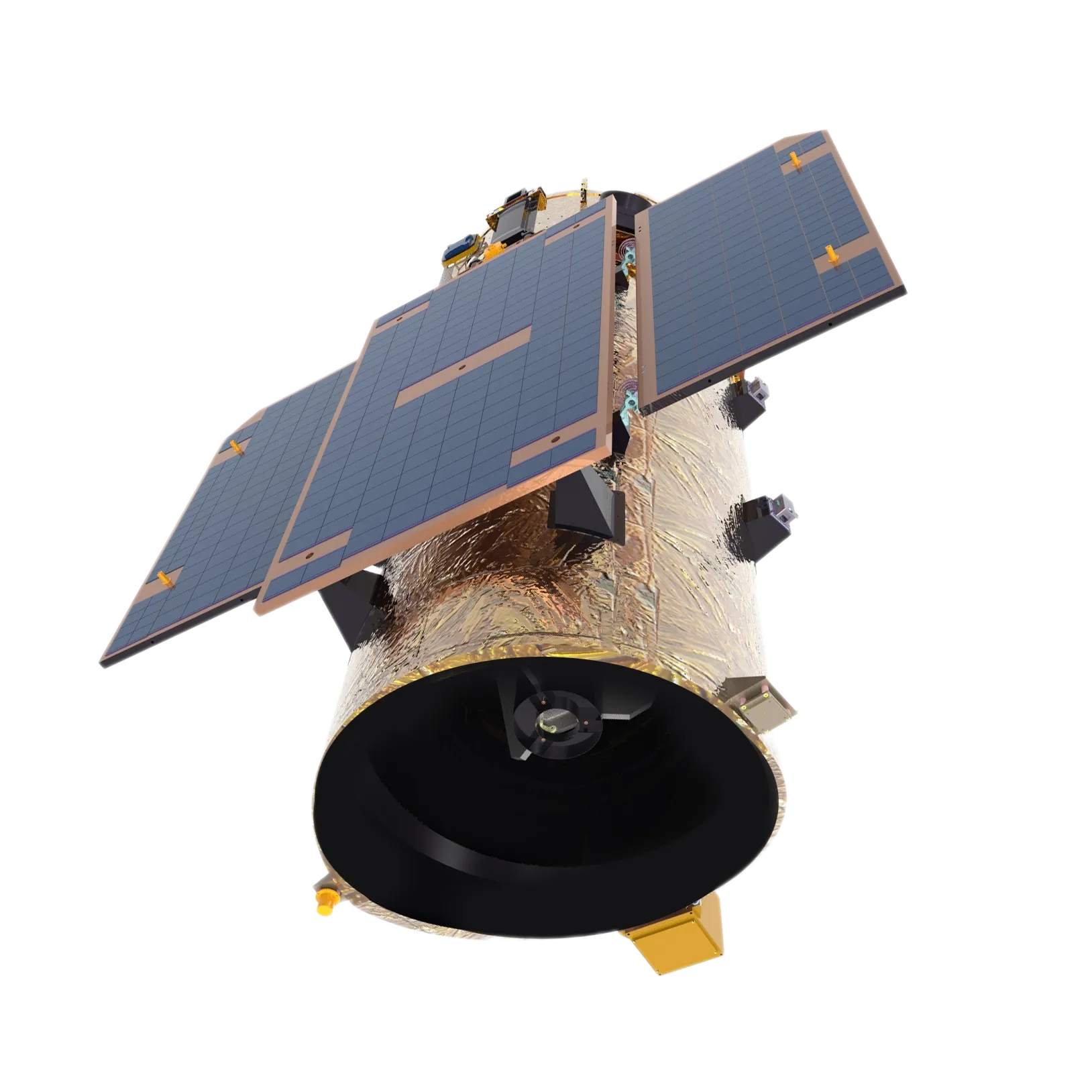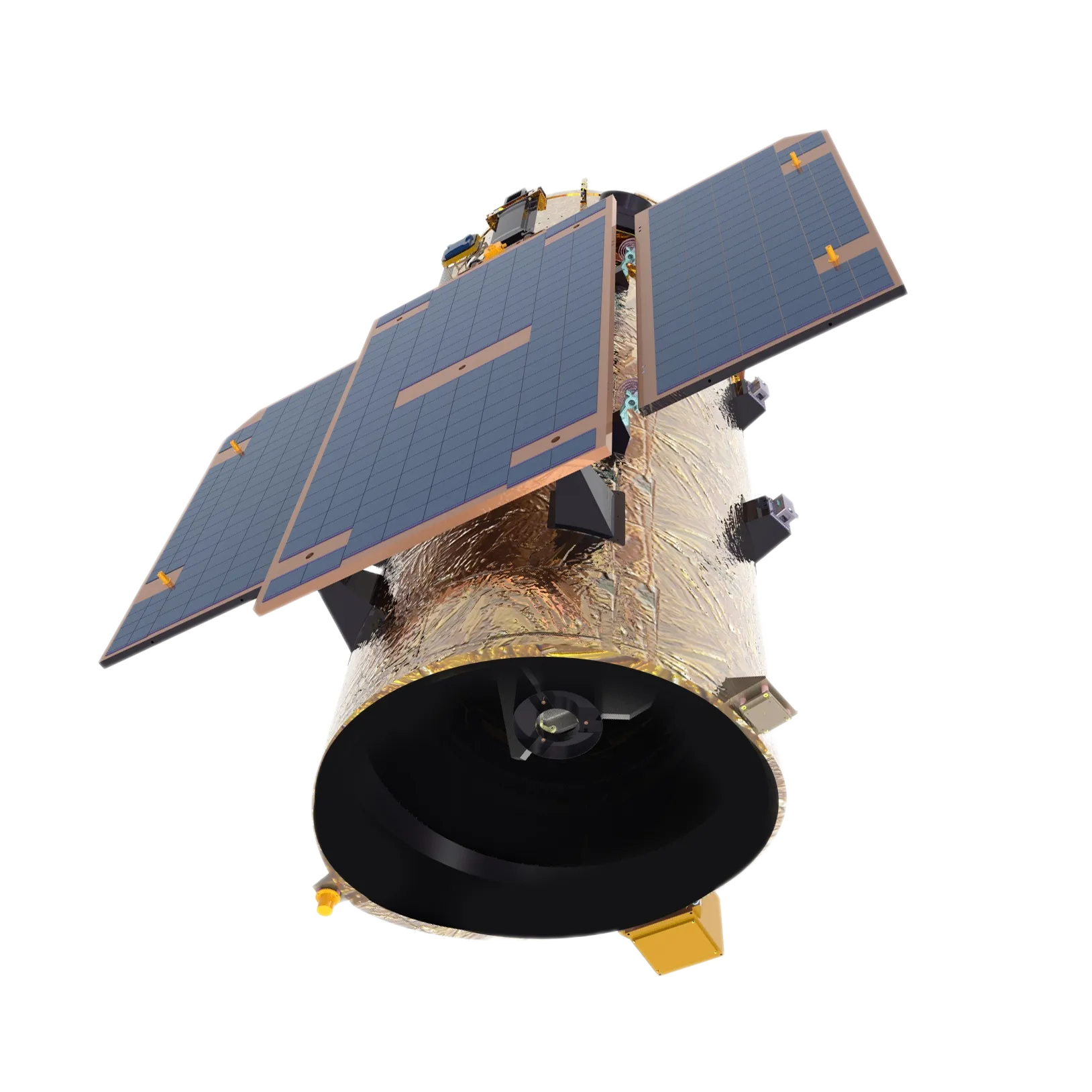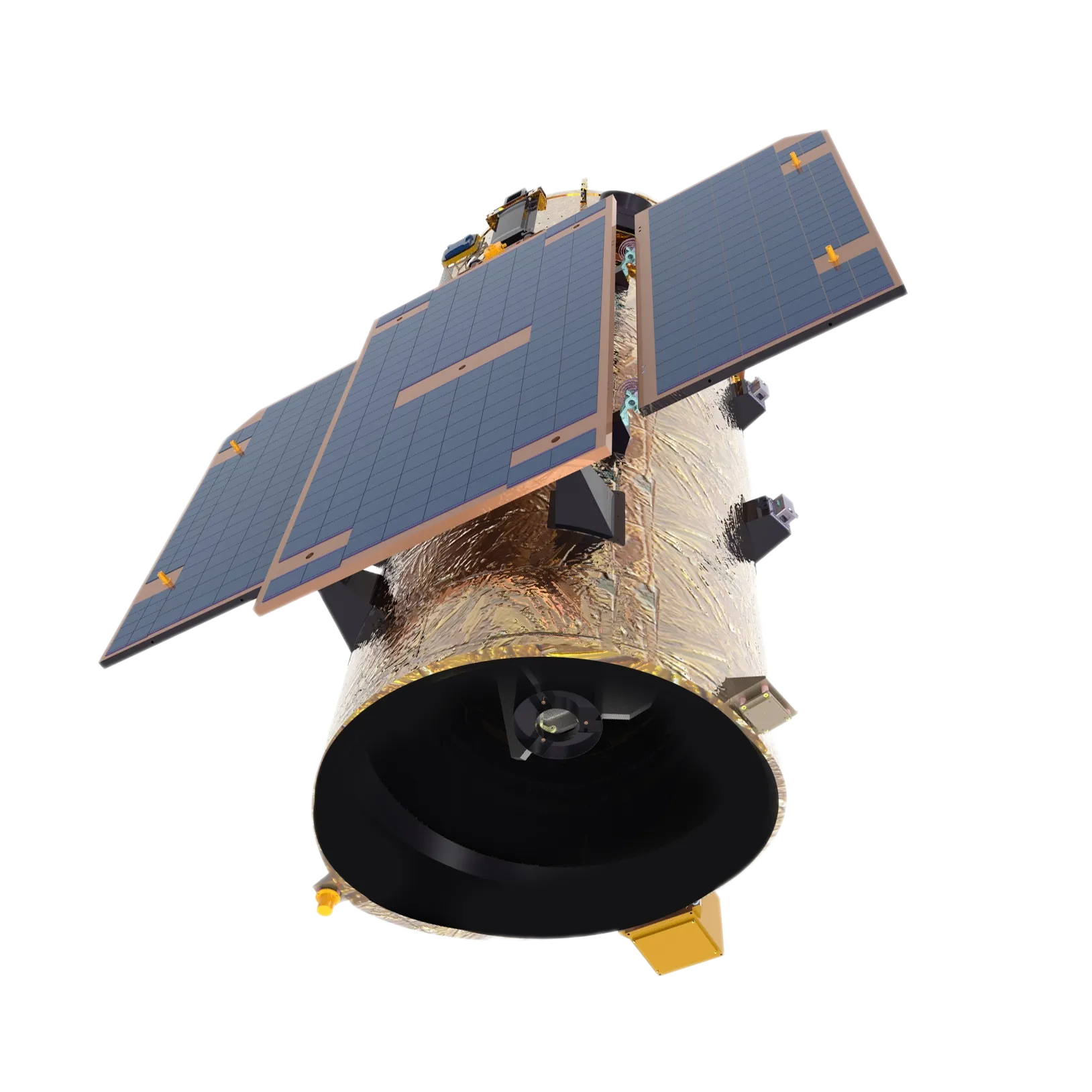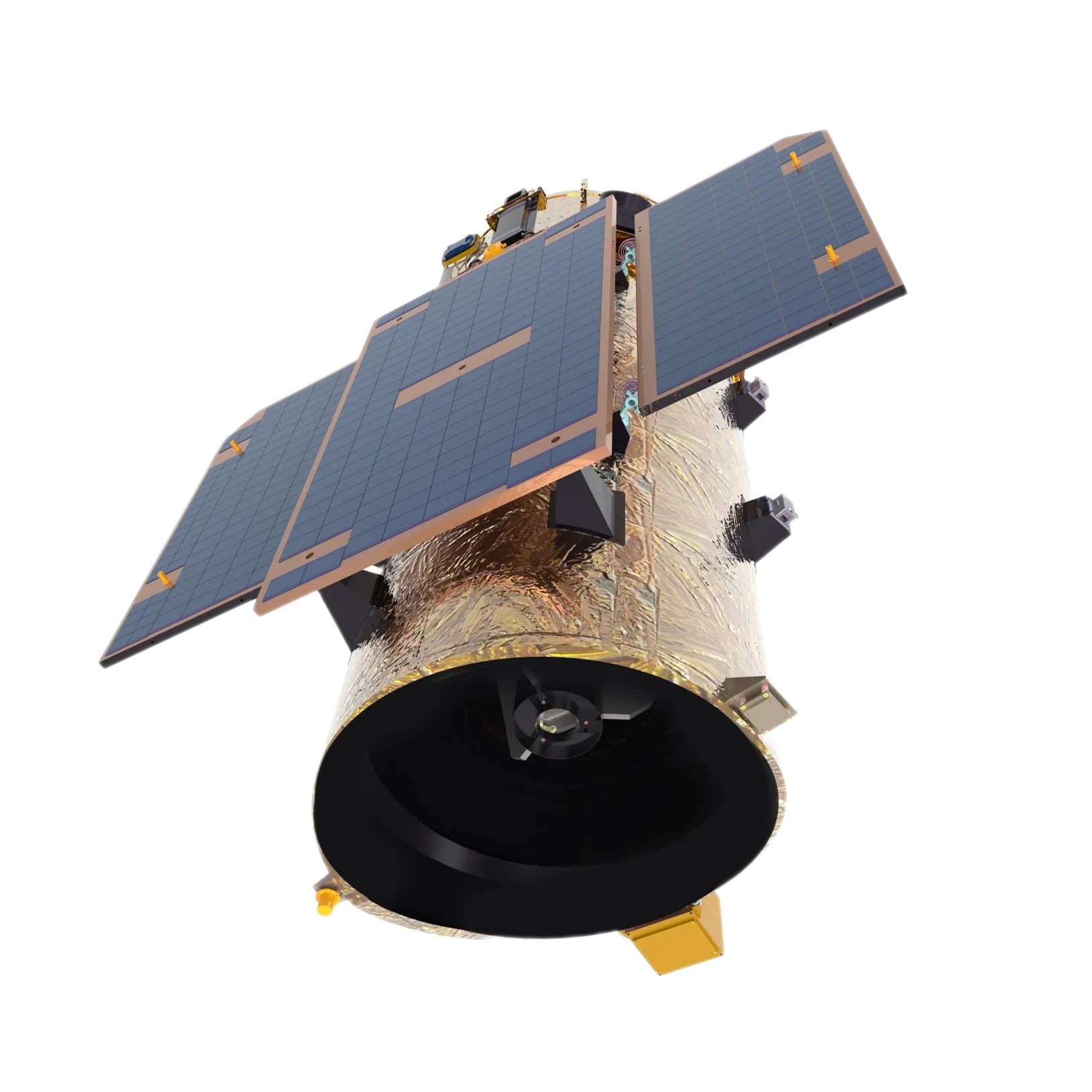
- umAfrika
- Isi-Albania
- Isi-Amharic
- Isi-Arabhu
- Isi-Armenian
- Isi-Azerbaijani
- Isi-Basque
- IsiBelarusian
- Isi-Bengali
- Isi-Bosnia
- IsiBulgaria
- IsiCatalan
- Cebuano
- China
- IsiCorsican
- IsiCroatia
- IsiCzech
- IsiDanish
- IsiDashi
- IsiNgisi
- Isi-Esperanto
- Isi-Estonian
- IsiFinnish
- IsiFulentshi
- IsiFrisian
- IsiGalicia
- IsiGeorgia
- IsiJalimane
- isiGreki
- IsiGujarati
- IsiCreole saseHaiti
- IsiHausa
- isi-hawaiian
- IsiHebheru
- Cha
- Miao
- IsiHungary
- Isi-Icelandic
- igbo
- Isi-Indonesian
- i-irish
- IsiNtaliyane
- IsiJapane
- Isi-Javanese
- Isi-Kannada
- kazakh
- I-Khmer
- OwaseRwanda
- IsiKorea
- IsiKurdish
- IsiKyrgyz
- Umsebenzi
- IsiLatini
- Isi-Latvian
- IsiLithuanian
- Isi-Luxembourgish
- IsiMacedonian
- Isi-Malagasy
- Isi-Malay
- Isi-Malayalam
- IsiMaltese
- IsiMaori
- IsiMarathi
- IsiMongolia
- eMyanmar
- IsiNepali
- IsiNorwegian
- IsiNorwegian
- Isi-Occitan
- Isi-Pashto
- isiPheresiya
- IsiPolish
- IsiPutukezi
- IsiPunjabi
- IsiRomania
- IsiRashiya
- IsiSamoa
- IsiScottish Gaelic
- IsiSerbia
- IsiNgisi
- IsiShona
- Sindhi
- IsiSinhala
- IsiSlovak
- IsiSlovenian
- eSomalia
- ISpanishi
- IsiSundanese
- IsiSwahili
- IsiSwidi
- IsiTagalog
- Isi-Tajik
- IsiTamil
- IsiTatar
- Isi-Telugu
- IsiThai
- IsiTurkey
- IsiTurkmen
- Isi-Ukraine
- Isi-Urdu
- Isi-Uighur
- Isi-Uzbek
- IsiVietnamese
- Isi-Welsh
- Usizo
- Isi-Yiddish
- IsiYoruba
- Zulu
Understanding Satellite Platforms: Key Components of Modern Remote Sensing
Satellite technology has become an indispensable tool in the field of remote sensing, enabling detailed observation and analysis of the Earth and its environment. Central to this technology are platform satellites, which serve as the foundational structures that house payloads and support satellite functions. The design and construction of these platforms directly impact the performance and capabilities of satellites used in various remote sensing applications.
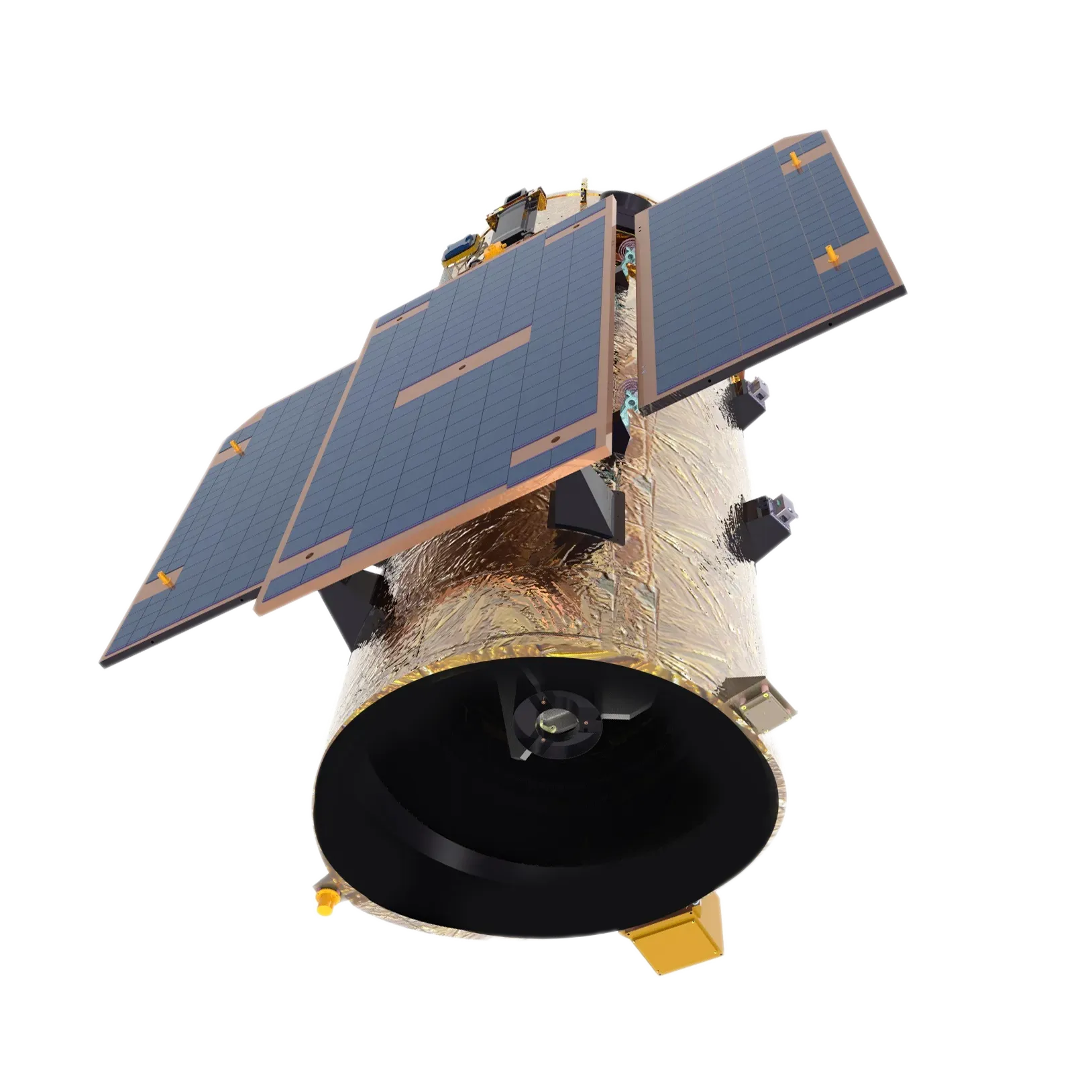
The Role of Platform Satellites in Remote Sensing
A platform satellite acts as the physical and functional base for the instruments and systems required for remote sensing. It includes all the subsystems needed for satellite operation, such as power supply, thermal control, attitude control, communication systems, and propulsion. The satellite platform in remote sensing ensures that the payload—typically cameras or sensors—is properly supported and positioned to collect accurate data. This integration of payload and platform is critical for achieving high-quality remote sensing satellite imagery used in environmental monitoring, agriculture, disaster management, and urban planning.
Satellite Bus Structure: The Backbone of Satellite Platforms
The term satellite bus structure refers to the modular framework of a satellite platform that accommodates the payload and subsystems. It provides mechanical support, power distribution, and environmental protection, ensuring the satellite operates reliably in space conditions. The design of the satellite bus structure must balance strength, weight, and thermal properties to maximize efficiency and longevity. Advances in materials and engineering have led to lighter, more durable bus structures, enhancing the capabilities of modern remote sensing satellites.
Importance of Satellite Platforms in Remote Sensing Applications
Satellite platforms in remote sensing are engineered to meet the specific requirements of diverse missions. For example, Earth observation satellites require precise attitude control and stable platforms to capture high-resolution images, while meteorological satellites focus on robust communication and data transmission capabilities. The platform's adaptability allows it to support various sensor types, including multispectral, hyperspectral, and radar instruments, broadening the scope of data collected for scientific and commercial use.
Leading Satellite Bus Manufacturers and Their Contributions
The development of advanced satellite platforms is driven by specialized abakhiqizi bamabhasi besathelayithi who focus on innovation and quality. These manufacturers design and produce platforms tailored to mission specifications, incorporating cutting-edge technology for power management, thermal control, and structural integrity. Collaborations between satellite bus manufacturers and research organizations enable the creation of versatile and cost-effective platforms that support both large government projects and commercial satellite ventures.
Conclusion
Understanding the significance of platform satellites, the intricacies of the satellite bus structure, and the vital role of satellite platforms in remote sensing is key to appreciating the complexity of modern satellite missions. As abakhiqizi bamabhasi besathelayithi continue to innovate, the capabilities and applications of remote sensing satellites will expand, providing enhanced data for environmental monitoring, resource management, and scientific discovery. The synergy between platform design and payload technology drives the future of space-based observation and exploration.






